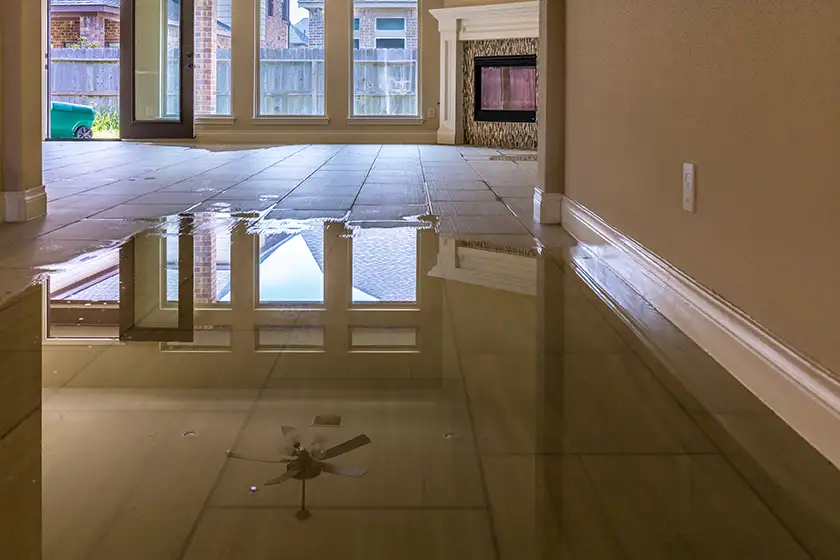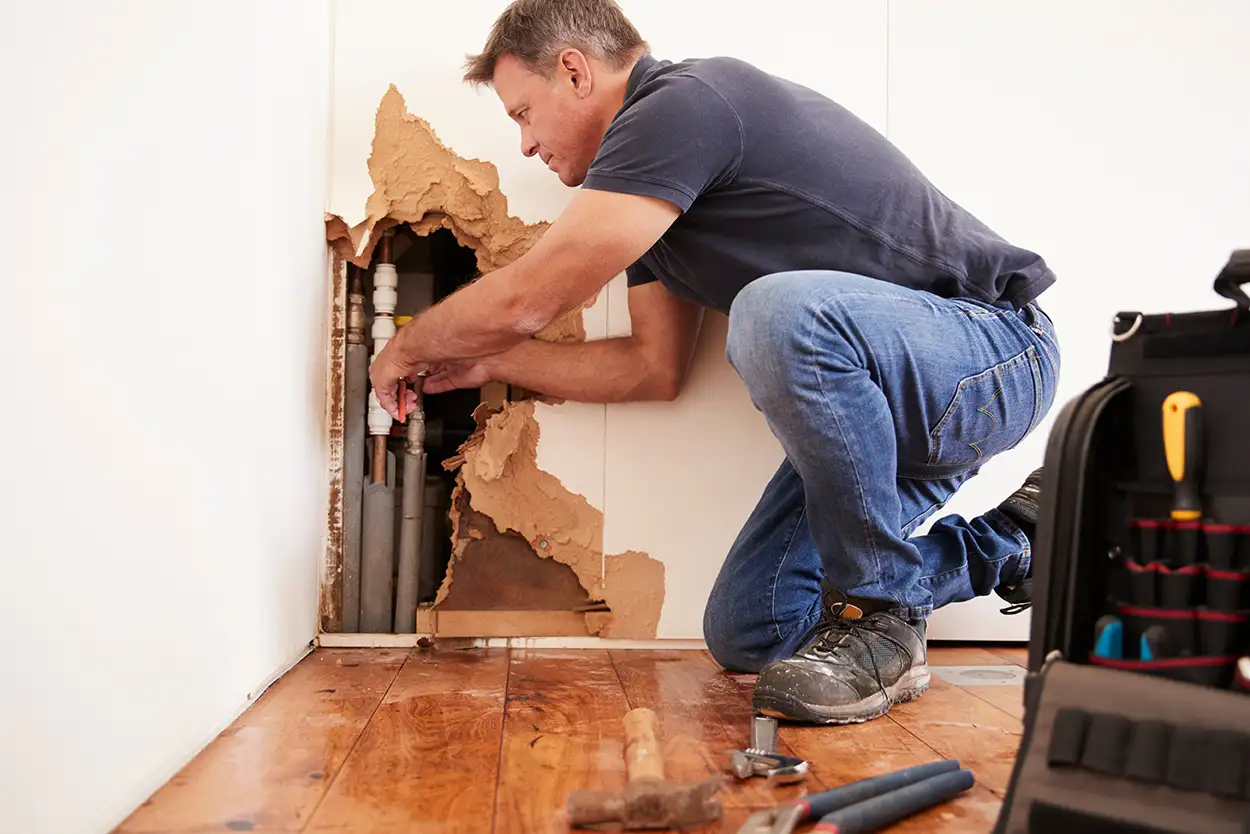A quick, step-by-step guide to handling water damage—from safety and cleanup to choosing the right restoration pros. Be ready when water strikes.

When water strikes, it doesn’t knock first. Whether it’s from a burst pipe, an overflowing appliance, or heavy rainfall, water damage can escalate quickly and so can the costs.
At PHG Restoration Services, we know how stressful and overwhelming water damage can be. That’s why we’ve put together this comprehensive guide on Water Damage Control, helping you take the right steps when the unexpected happens.
Before anything else, make sure it’s safe to enter the affected area. Water and electricity don’t mix! If there's standing water and electrical outlets are involved, shut off the power supply to the area. Watch for structural issues like sagging ceilings or weakened floors that may collapse.
Identify and stop the source of the water if you can. If it’s a burst pipe, shut off the main water valve. For roof leaks or exterior intrusion, do your best to cover or redirect the water flow until help arrives.

Take photos and videos of all affected areas and belongings. Documentation is essential for insurance claims and helps restoration professionals accurately assess the scope of the damage.
Don’t remove damaged items yet! Keep them until your insurance adjuster has seen them unless they pose a health hazard.
Remember: Mold can begin growing in as little as 24–48 hours. Remove standing water using wet/dry vacuums or pumps. Open windows for ventilation, run fans, and, if possible, use a dehumidifier to reduce moisture in the air.
DIY or call a pro? Small, contained areas can sometimes be dried with home equipment. But for widespread or hidden damage (behind walls, under floors), professional help is crucial.
Drywall, insulation, carpets, and even hardwood floors may need to be removed if they're saturated. Mold and mildew thrive in damp environments and can create long-term health and structural risks.
PHG Restoration technicians are trained to identify what can be saved and what must go.
Even after drying, moisture can linger in hard-to-reach places. Professional moisture mapping and mold inspections can ensure your home is truly dry and safe.
Watch for signs of mold: musty odors, discoloration, and allergic reactions are red flags.
Once the moisture is removed and the area is safe, it’s time to restore. This may involve rebuilding walls, flooring, cabinetry, or painting.
A common concern among homeowners is finding a restoration company they can trust. Here are a few tips:
A good company will explain what they're doing and why.
Not just a price - know what the plan is.
Local reputation matters.
At PHG Restoration Services, we take pride in earning trust through quality work, clear communication, and compassionate service.
Water damage doesn’t wait, and neither should you. Acting quickly can be the difference between a minor cleanup and a major reconstruction. If you're facing water damage in Central Ohio, PHG Restoration Services is your go-to partner for emergency response, damage mitigation, and full restoration.
Need help now? Call us anytime. Our 24/7 team is ready when you need us most.